Six everyday objects that have been transformed by technology
Yesterday Apple unveiled the Apple Pencil, turning the humble writing instrument into a tech tool. Dezeen looks at other everyday objects, from cigarettes to spectacles, that have been reinvented as digital wonders. Your grandparents would recognise them – but would they know how to use them?
Pencils
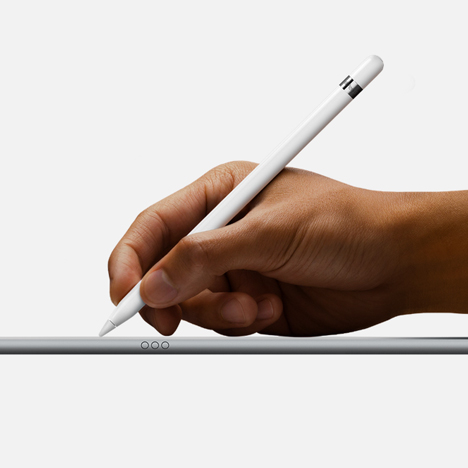
The first recognisable mass-produced pencil, featuring a sliver of graphite wrapped in wood, was produced in Germany in 1662. The narrow cylindrical form has never been bettered, and has informed more recent developments including the clutch pencil and the digital stylus (which harks back to metal styluses Roman scribes used to scratch words onto papyrus and which were themselves the forerunners of pencils).
The new Apple Pencil "is designed to look and feel like a familiar tool," says Jonathan Ive, yet "it delivers something extraordinary – precision that actually gives you the ability to touch a single pixel" (A pixel is like a tiny little ink dot but on a computer screen, grandpa).
Cigarettes
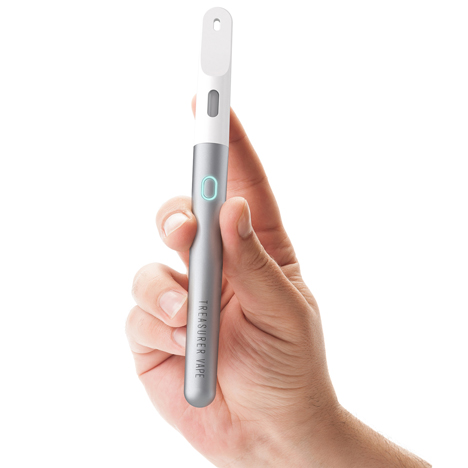
People have been poisoning themselves with tobacco for thousands of years but the earliest cigarettes – tobacco leaves rolled in reeds – date back to 9th-century Mexico and Central America. Wrappers were later made of maize and by the 17th century thin paper was being used. This handy format for nicotine inhalation was introduced to the French in 1830, who promptly gave it the name cigarette (little cigar).
Nothing much changed until 2004, when the electronic cigarette (or e-cigarette) was introduced. These electronically vaporise nicotine instead of burning it. Many e-cigarettes mimic the form of their combustible predecessors, although more recent designs such as the Treasurer Vape have started to explore a less derivative visual language.
Spectacles
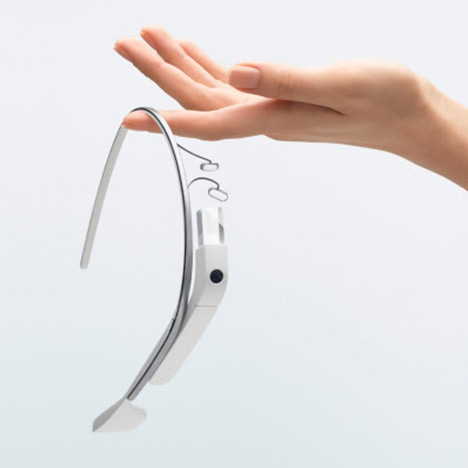
Precise details of where and when spectacles were invented are hard to establish, but they are thought to have originated in Italy in the 13th century, when pairs of correcting lenses were first set in frames that could be balanced on the nose or held in front of the face.
Apart from the addition of hinged "temples" – the arms that loop over the ears – the design and function remained essentially unchanged until 2003, when Google unveiled Google Glass – eyewear with a built-in computer.
However, the product was never widely adopted due to concerns over privacy (among non-users) and looking silly (among users) and Google quietly pulled Glass earlier this year.
Watches
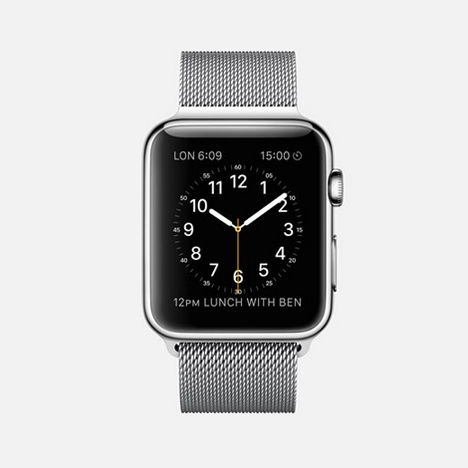
Watches evolved from portable mechanical clocks, with the first genuinely wearable pocket watch (worn on a chain) dating back to 1530. Wristwatches were developed shortly afterwards and slowly became popular with women over the centuries.
However, it wasn't until the Second World War that men started to wear watches on their wrists. This development was spurred by the need for soldiers in trenches to accurately coordinate artillery fire and assaults without rummaging around in their filthy uniforms for their fob watches.
Originally dismissed as a gimmick, the wristwatch quickly caught on among gentlemen and consigned pocket watches to history.
Later developments including quartz movements and digital faces meant that watches, while looking superficially the same, have actually changed radically over the years. Despite all their additional functionality the latest smartwatches and the Apple Watch still serve primarily to tell the time, and they still strap conveniently onto the wrist.
Tablets
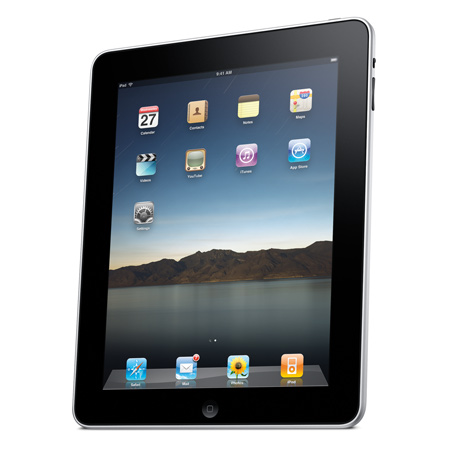
In the ancient world, a tablet was a portable, resuable device for writing and reading, often made of wood covered in wax that could be marked with a stylus. The oldest known examples, found in Albania, are made of wax-covered ivory and are thought to date back to the second century BC.
After several false starts, Apple finally managed to update the form for the digital age with its iPad, which was launched in 2010.
Telephones
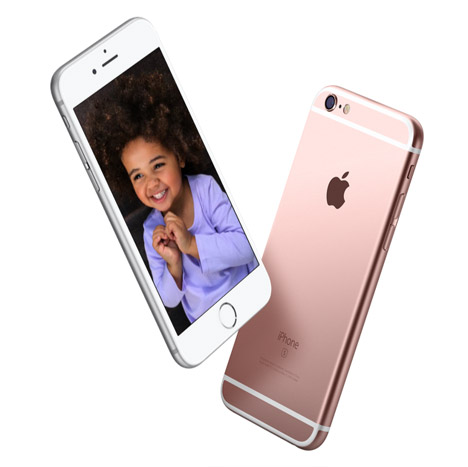
The telephone is one object that has failed to cling onto earlier forms, as each wave of technology has forced the device to morph in shape and reduce in size.
Various inventors experimented with telephone-like devices but Alexander Graham Bell was first to receive a patent, which was awarded in 1876.
Early telephones were steampunk contraptions with separate mouthpieces, earpieces and dials connected by spaghetti-like cables. These gradually settled into a more unified and elegant combination of handset and cradle, until the advent of cellular technology freed the phone from its wires. From then on it got smaller and smaller and less telephone-like in appearance until the 2007 launch of Apple's iPhone, which finally turned the device into a slab-shaped portable computer in all but name.